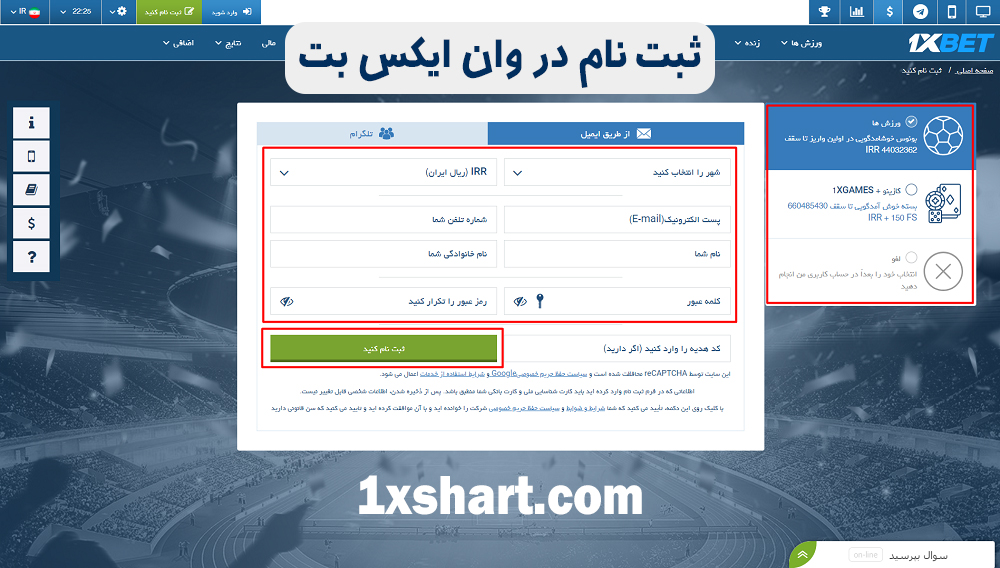Curriculum Backward Design is a powerful framework used by educators and instructional designers to create purposeful, goal-oriented curricula that align student learning outcomes with assessments and teaching strategies. By focusing on the end goals first, this approach ensures that every aspect of the curriculum is designed to lead students toward achieving specific learning objectives.
What is Curriculum Backward Design?
Curriculum Backward Design is an instructional design method that starts with the desired learning outcomes and works backward to create an effective learning plan. The process is divided into three stages:
-
Identify Desired Results: Define what students should know, understand, and be able to do by the end of the course.
-
Determine Acceptable Evidence: Identify how students will demonstrate their understanding through assessments.
-
Plan Learning Experiences and Instruction: Design engaging learning activities that will help students achieve the desired results.
The primary aim of backward design is to create aligned and focused learning experiences that lead students toward clear, measurable learning goals.
Why is Curriculum Backward Design Important?
Traditional curriculum design often starts with selecting textbooks or teaching methods before clearly defining the learning outcomes. Backward design flips this approach by focusing on what students need to know and do before deciding how to teach. Here’s why it matters:
-
Alignment: By starting with learning outcomes, backward design ensures that instruction and assessments align directly with the objectives.
-
Clarity of Purpose: Teachers and students have a clear understanding of what the goals are, which can increase engagement and motivation.
-
Higher-Order Thinking: This approach encourages the development of critical thinking, problem-solving, and application of knowledge, rather than rote memorization.
-
Effective Use of Time: By being strategic about goals, assessments, and teaching methods, backward design helps maximize learning time and minimize wasted effort.
The Three Stages of Curriculum Backward Design
Backward design is a three-stage process that provides a structured approach to creating a curriculum. Here’s how each stage works:
-
Stage 1: Identify Desired Results
-
Define the end goals of the course: What do you want students to learn or be able to do by the end of the unit or course? These are the learning objectives or student outcomes.
-
Consider overarching questions like: What should students know? What skills should they develop? How will their learning be measured?
-
-
Stage 2: Determine Acceptable Evidence
-
Identify the assessments and evidence that will demonstrate students' mastery of the objectives.
-
Decide what type of assessment will be used to measure student success, such as tests, projects, presentations, or performance tasks.
-
Ensure assessments are directly tied to the learning outcomes and provide meaningful feedback to guide improvement.
-
-
Stage 3: Plan Learning Experiences and Instruction
-
Once the end goals and assessments are in place, design the learning activities that will lead students to success.
-
These may include lectures, discussions, hands-on activities, group work, or online resources.
-
Focus on activities that engage students in active learning, encourage collaboration, and promote application of knowledge.
-
Why Should Educators Use Backward Design?
Backward design is a proven strategy that allows educators to create focused, aligned, and intentional curricula. Here’s why it’s beneficial:
-
Improved Learning Outcomes: By ensuring that every part of the curriculum is aligned with specific learning goals, backward design helps students achieve desired results more effectively.
-
Clarity for Students: Students know exactly what they are working towards, making their learning journey more transparent and motivating.
-
Efficiency: By starting with outcomes and then designing assessments and activities, backward design minimizes wasted time and effort.
-
Flexibility: Backward design is adaptable to various educational settings, whether in the classroom, online, or hybrid learning environments.
Examples of Backward Design in Action
Let’s break down an example of backward design in an educational setting:
-
Desired Outcome: By the end of the unit, students will be able to analyze historical events and articulate their impact on contemporary society.
-
Assessment: Students will complete a research paper and a classroom presentation on the topic.
-
Learning Activities: Activities could include researching historical documents, participating in group discussions, and analyzing case studies to support their argument in the paper.
Benefits of Backward Design
Using backward design to plan your curriculum offers several benefits:
-
Focus on What Matters: Emphasizes the most critical learning goals, ensuring that the curriculum supports student growth and development.
-
Student-Centered Learning: Tailors instruction to meet the needs of all students by focusing on outcomes, fostering a more personalized learning experience.
-
Alignment Across the Board: Ensures that every element of the course—objectives, activities, and assessments—works together to achieve the same purpose.
-
Accountability: Keeps both educators and students accountable for meeting learning goals, fostering a culture of responsibility in the classroom.


